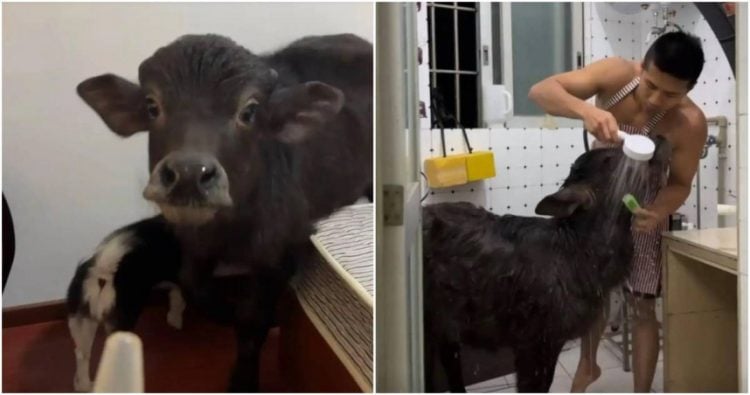Norwegian artist Anne-Karin Furunes’ portraits might look like black-and-white photographs, but that’s just your eyes playing tricks on you. They’re actually paintings made with of thousands and thousands of tiny holes. Anne creates them by punching perforations into large canvases, creating the effect of monochromatic hyper-realistic portraits.
Anne has been perfecting her unique perforation technique since the 1990s, when she was a student of architecture and art at the Art Academy of Trondheim. All the main painters back then used a lot of paint on the canvas, she said, but she wanted to ‘enter the canvas’ in her own way.
“So I tried to find my own language,” she explains. “At that time, I was really interested in photos – old photos, albums, private albums – and I think it was the idea of trying to transform these photos to something physical, something bigger. And to give it a kind of soft treatment so it was, in a way, a memory. Something that is coming and disappearing at the same time.” The holes, she said, are symbolic of memories – how they disappear exactly when you try to grasp them.
Anne’s technique is really quite extraordinary – she punches each hole by hand, using thirty different sizes of punch holes. “I sit with the canvas on the floor and I make each hole by hand. It’s almost a meditative process of doing painting, it’s a kind of slow process,” she said. “When I make these holes, I have to put it (the canvas) against the wall and see if it functions. And very often it has maybe not the the light in the eyes that I want, so I have to make bigger holes. So I’m in a way, playing back and forth.”
Because her old studio was too small, Anne used mirrors to assess her portraits from the right distance. But now that she’s moved to a larger studio, she’s able to walk around and find the right focal point from which her paintings reveal their secrets.
Light plays a very important role in Anne’s art – each piece can entirely change its appearance based on the light in its surroundings. The darkened edges and diffused faces show us that the subjects could be from the Victorian era, but the style and placement of the holes are more contemporary like digital pixelation. This creates an air of mystery around the portraits, giving them a timeless appeal.
Anne also said that she is totally enchanted by faces, which are mostly the subjects of her paintings. She can walk around in big cities for hours, just looking at people’s faces. Through her artworks, she has portrayed the faces of various groups of people forgotten by society – the Jews deported from Norway, or the female soldiers who fought in the Finnish Civil War of 1918. She likes depicting the beauty and vulnerability of people, although she does create a background landscape or a pattern at times. But eyes are of special interest to her, so some of her pieces show just the eyes of a person in a narrow, horizontal panel.
“To me, my paintings should be a kind of event,” Anne explained. “It should be something that the audience should move around to see the paintings. And it’s important to me that they go closer to the paintings so that the image disappears and then you move and find the right focal point for you, as a person.” It’s the same way with life, according to Anne – when we look at things up close, we may not grasp what they are, but patterns are revealed to us from a larger perspective.
“It’s not an illusion on canvas,” said Anne. “It’s the absence of an illusion, or it’s actually the space that makes these portraits happen. And it is, in a way, appearing in the head of the viewer. So it’s all in your head, actually.”
Photos: Anne-Karin Furunes












